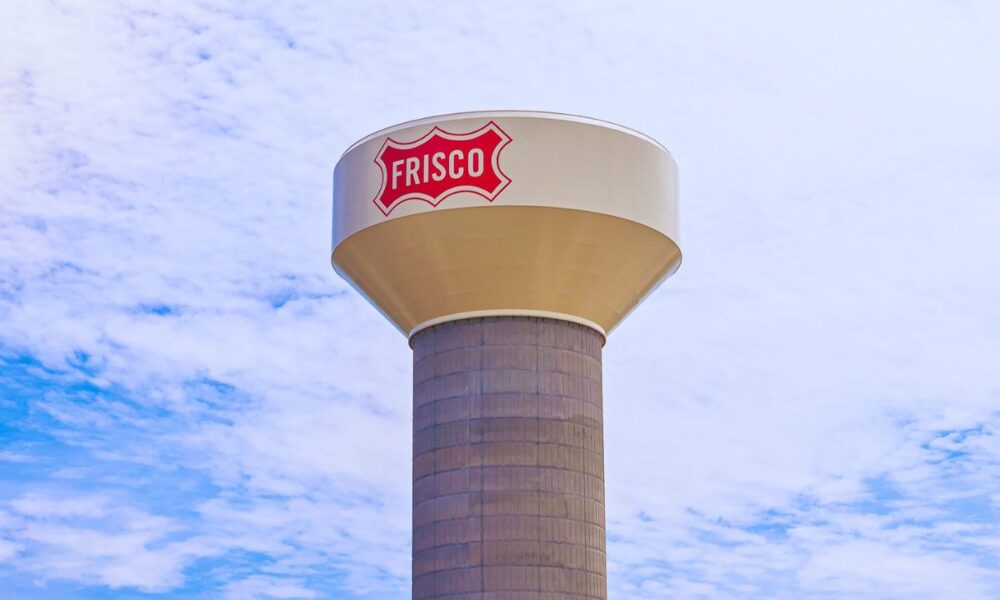Austin’s long-standing reputation as one of America’s most desirable cities may finally be diminishing.
A new Move Buddha 2026 Moving Forecast predicts that the Texas capital will see more residents leave than move in next year, a dramatic reversal for a city that was just a few years ago among the fastest-growing in the country.
According to the relocation analysis, Austin’s in-to-out move ratio is projected to decrease to 0.95, indicating that there will be more outbound moves than inbound ones. Interest in moving to Austin has declined by 40% since 2019, ranking it among the steepest nationwide declines, alongside Phoenix, Denver, and Seattle.
Move Buddha attributes Austin’s cooling popularity to soaring housing prices and a sluggish real estate market, noting that homes are now lingering on the market amid widespread price reductions. “Austin’s once red-hot real estate market is now sagging under price reductions as homes linger on the market,” the report states.
Dallas Holding Steady Amid Decline in Big-City Moves
While Austin cools, Dallas remains a relatively bright spot among Texas’s large cities. The data predicts that Dallas will have a 1.04 in-to-out ratio next year, with slightly more people moving in than out, which will keep it in the top 25 nationwide for 2026.
Still, Dallas’s move-in interest has dropped by nearly 19% since 2019, showing that even Texas’s biggest economic hub isn’t immune to the broader trend of Americans seeking mid-sized, lower-cost cities. Neighboring Frisco, by contrast, is forecast to post one of the strongest ratios in the country at 1.29, underscoring the shift toward suburban growth outside major metros.
Fort Worth Faces A Possible Surge
The Move Buddha data suggests that Fort Worth could be on an upswing, with a 32.7% increase in move interest over the past five years, one of the fastest in the nation. Although its 2026 in-to-out ratio is expected to sit just below, even at 0.97, Fort Worth is still drawing attention for offering lower density and affordability compared to its neighboring city, Dallas.
The report cites Fort Worth’s “Western feel” and access to open spaces as major draws for those who still want to live within the Dallas–Fort Worth region but avoid the congestion of the urban core.
Houston and San Antonio Lag Behind
Further south, Houston and San Antonio are both projected to see continued outflow in 2026. Houston’s in-to-out ratio is forecast at just 0.85, while San Antonio’s sits even lower at 0.83, placing both among the least popular large cities in the country for new movers.
Both metros fall into the category of “falling interest” cities in the Move Buddha model, which also includes Atlanta, Phoenix, and Los Angeles.
The Broader Texas Picture
Overall, the report presents a mixed picture for Texas’s major metropolitan areas. While once-booming hubs like Austin and Houston are losing residents, suburban and mid-sized Texas cities, such as Frisco and Plano, remain strong magnets for newcomers. Plano is projected to post a 1.10 in-to-out ratio, placing it in the top 20 nationally.
“Big cities are losing interest most, while mid-sized cities, especially in the South and West, are still hot when it comes to new moves,” the study concludes.


